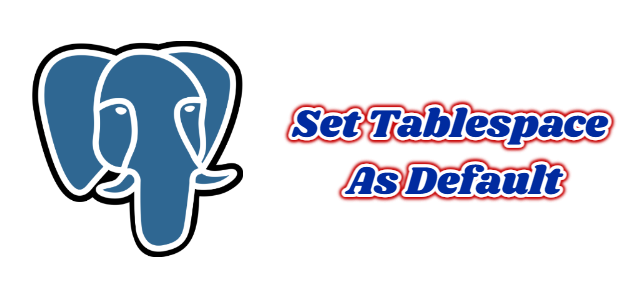In today’s article, we will provide important insights on dead rows, vacuum operations, FSM, and VM in PostgreSQL. When performing UPDATE or DELETE operations on …
Read More »
In today’s article, we will provide important insights on dead rows, vacuum operations, FSM, and VM in PostgreSQL. When performing UPDATE or DELETE operations on …
Read More »In today’s article, we will discuss how to change the default Tablespace in PostgreSQL. If you do not specify a different Tablespace when creating objects, …
Read More »In today’s article, we will discuss what PostgreSQL Tablespace is and why it is necessary and give an example. After creating a directory, we give …
Read More »In today’s article, we will learn how to create a role with SELECT permission and add a newly created user to this role. For example, …
Read More »In today’s article, we will discuss PostgreSQL USER EXPIRE. In PostgreSQL, a password must expire to prevent a user from logging in after a specified …
Read More »In today’s article, we will explain how to change the owner while creating or after creating a Postgresql schema. If you have created a schema …
Read More »In today’s article, we will explain how to change the OWNER when creating a database and after it has been created in PostgreSQL. PostgreSQL provides …
Read More »In today’s article, we will explain the PostgreSQL role authentication methods, including trust, md5, sha256, and ident on pg_hba.conf. Authentication in PostgreSQL involves the use …
Read More »In this article, we will learn how to authorize users created on a cluster based in PostgreSQL. When authorizing at the cluster level, if there …
Read More »In this article, we will discuss the detection and prevention of indexes created on the same columns in PostgreSQL. In this way, we can both …
Read More »